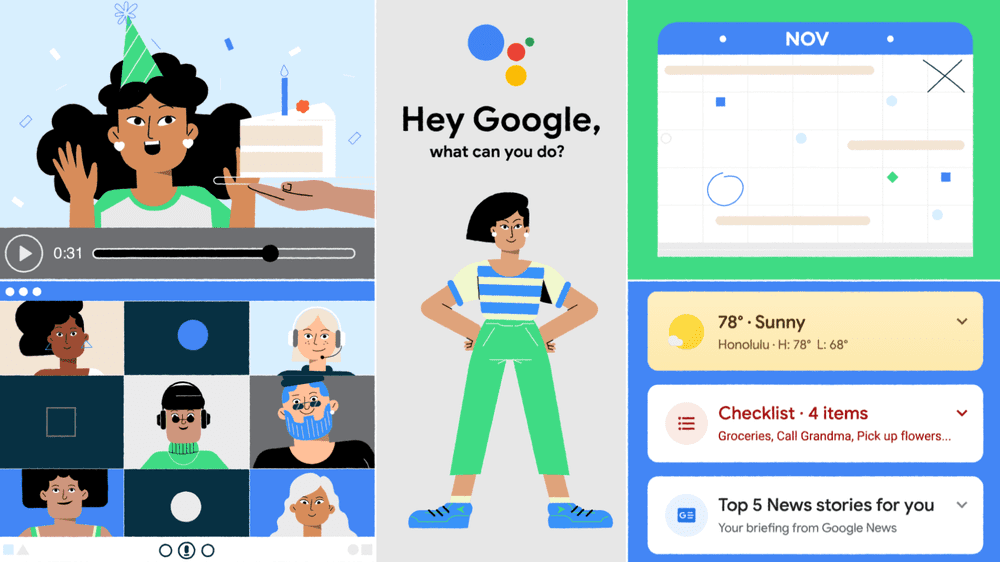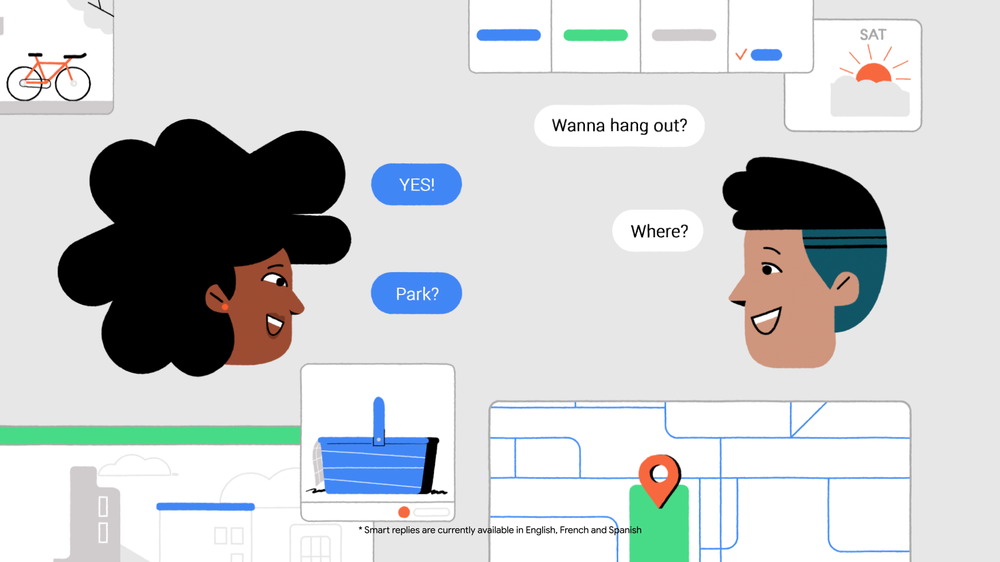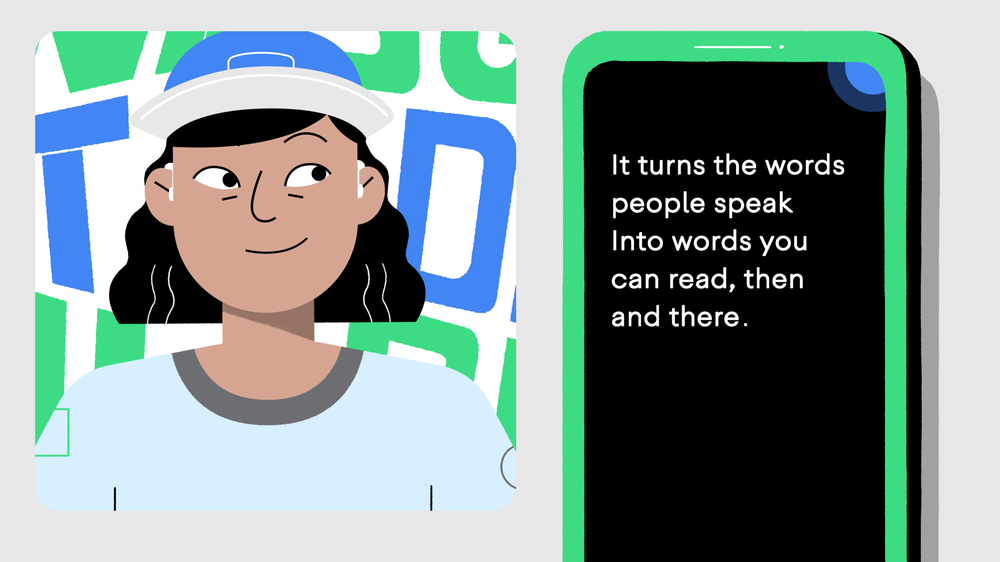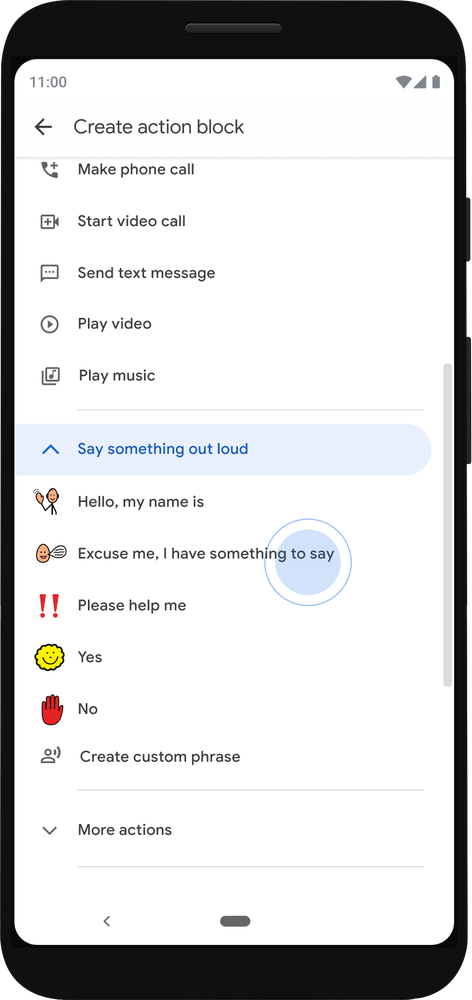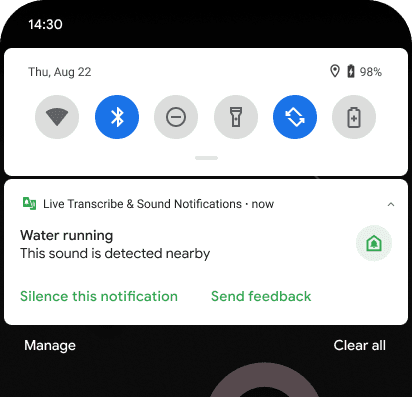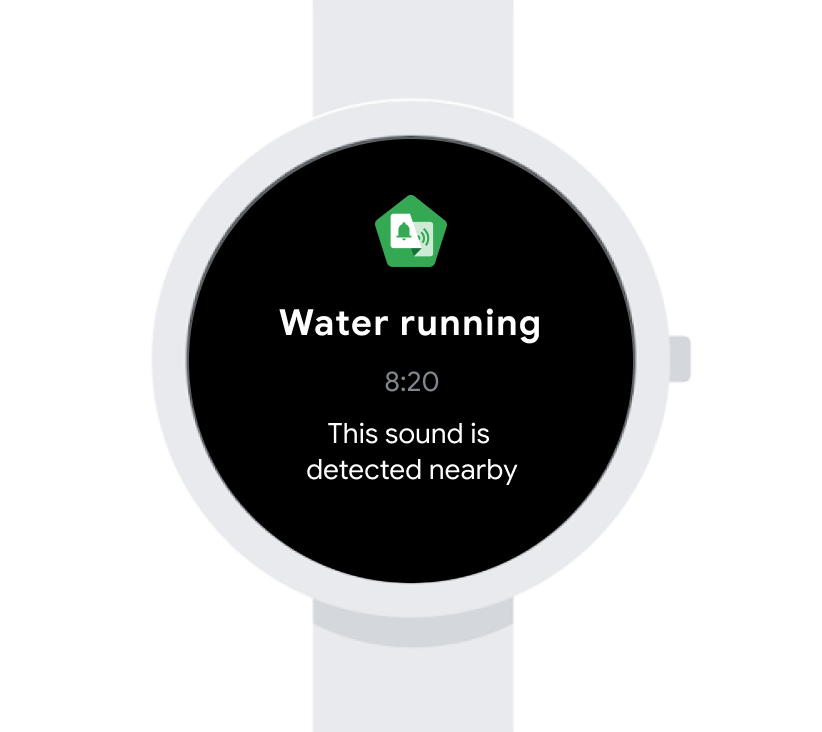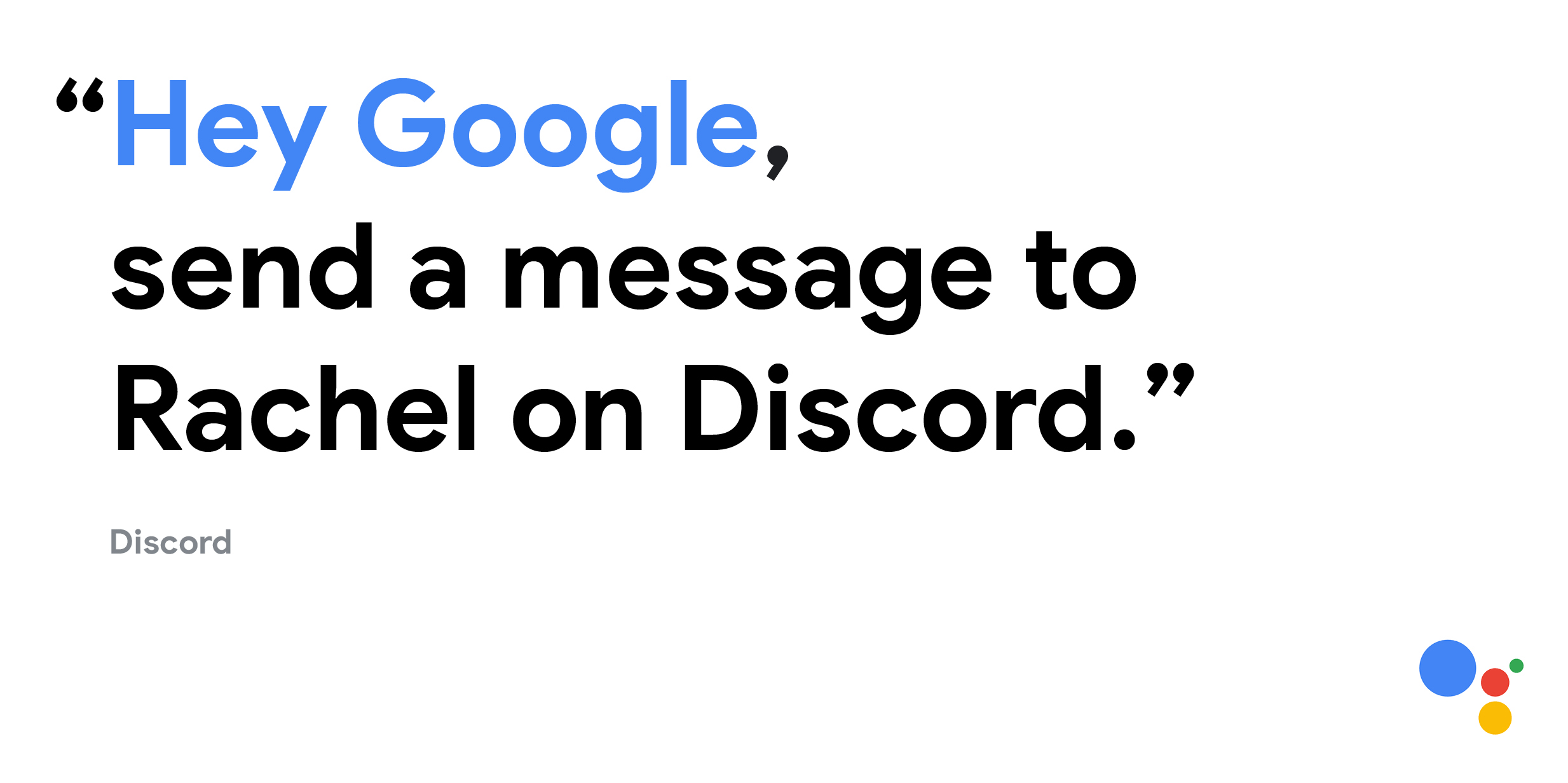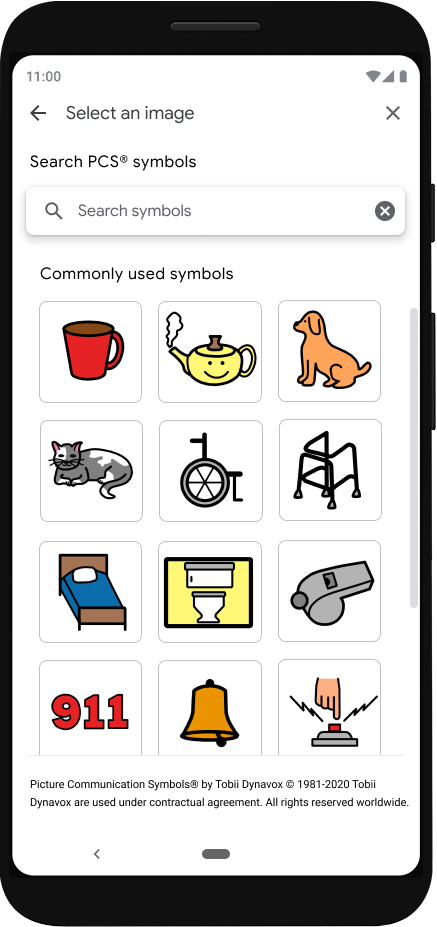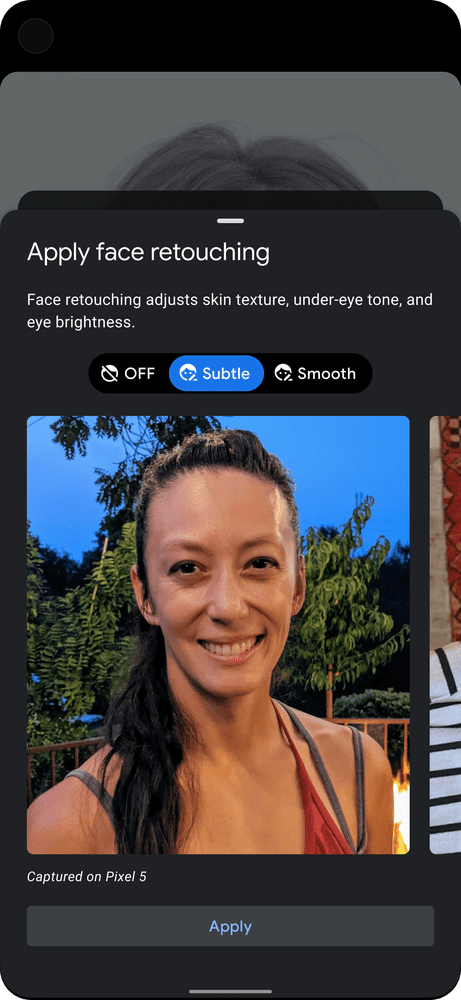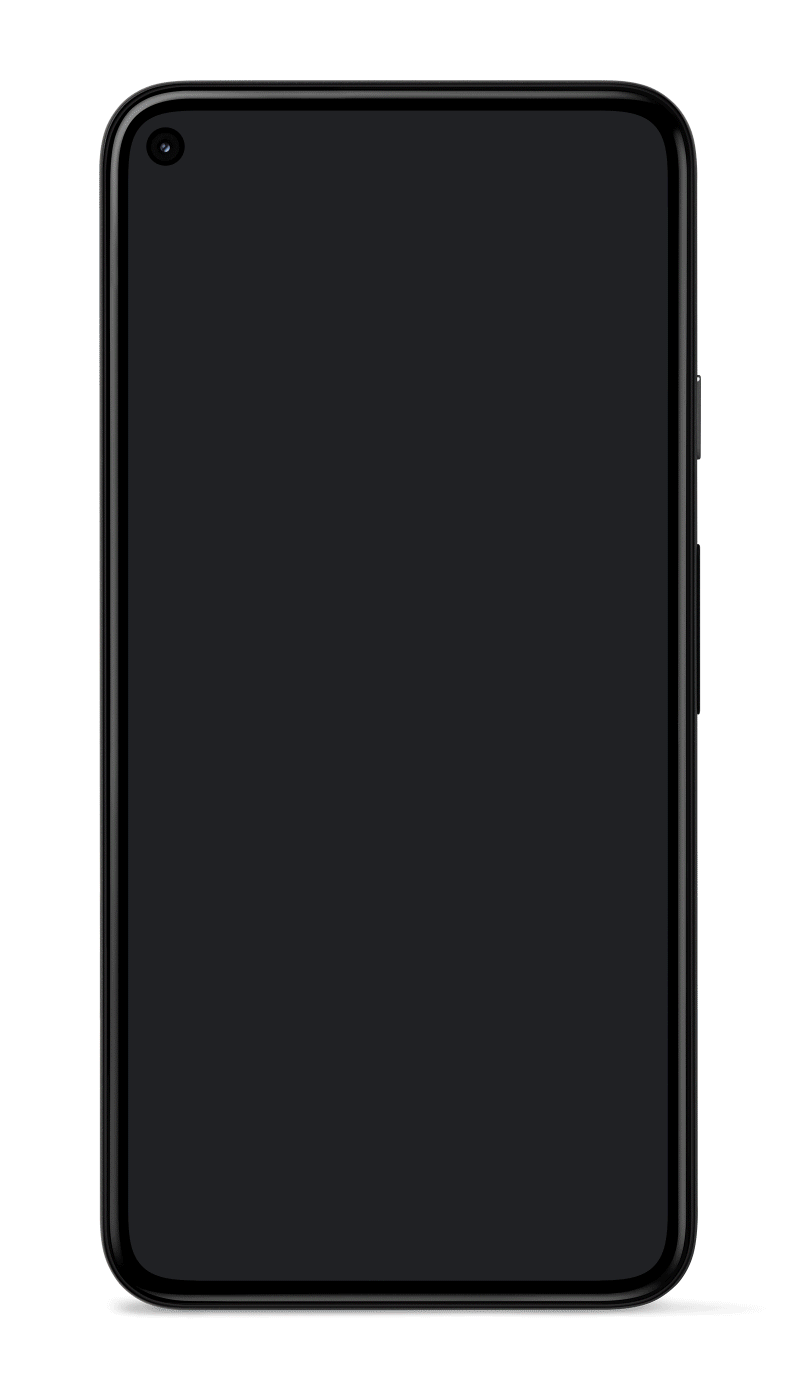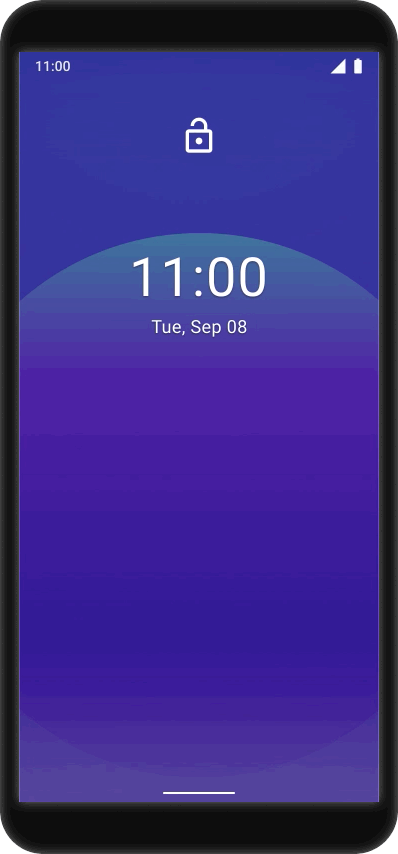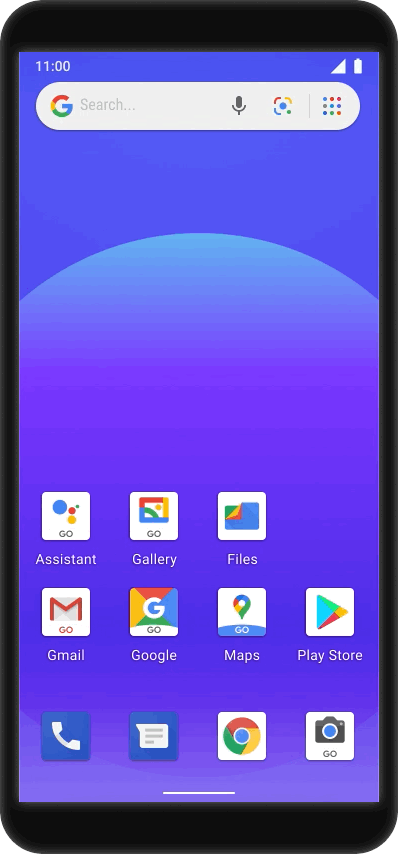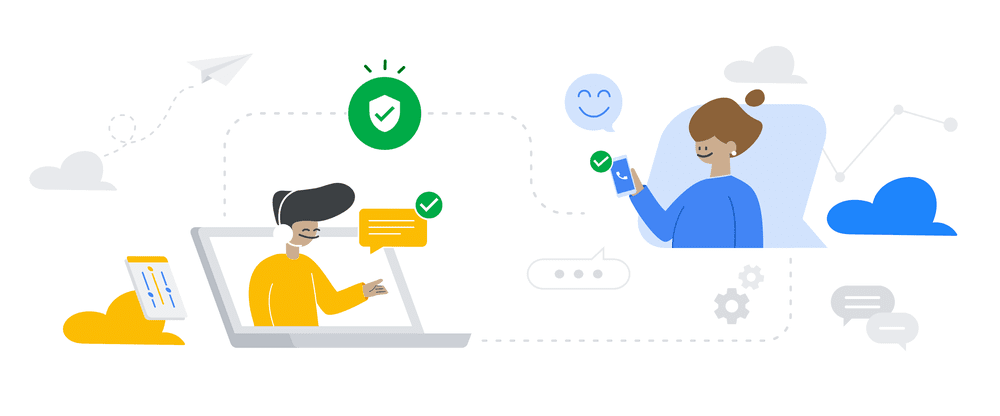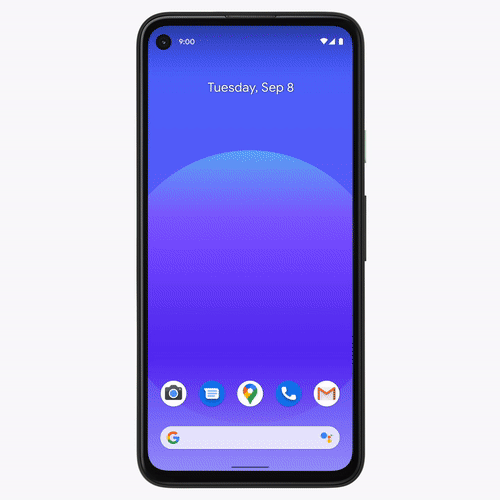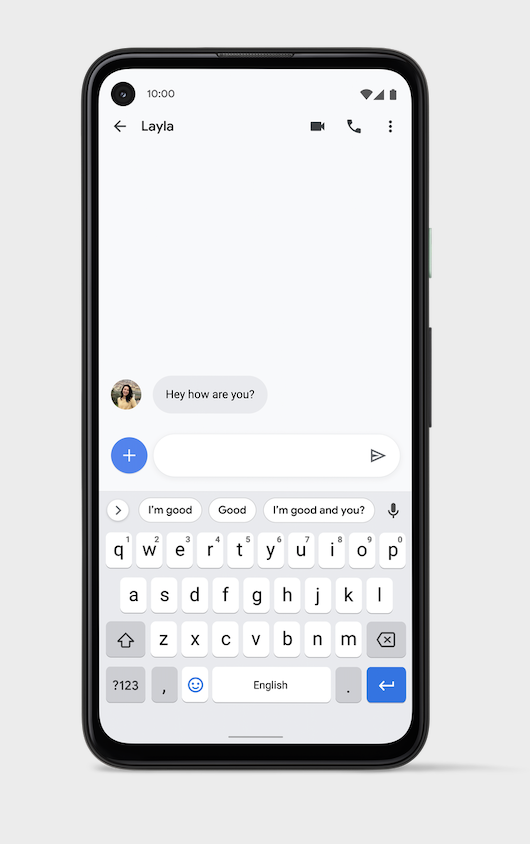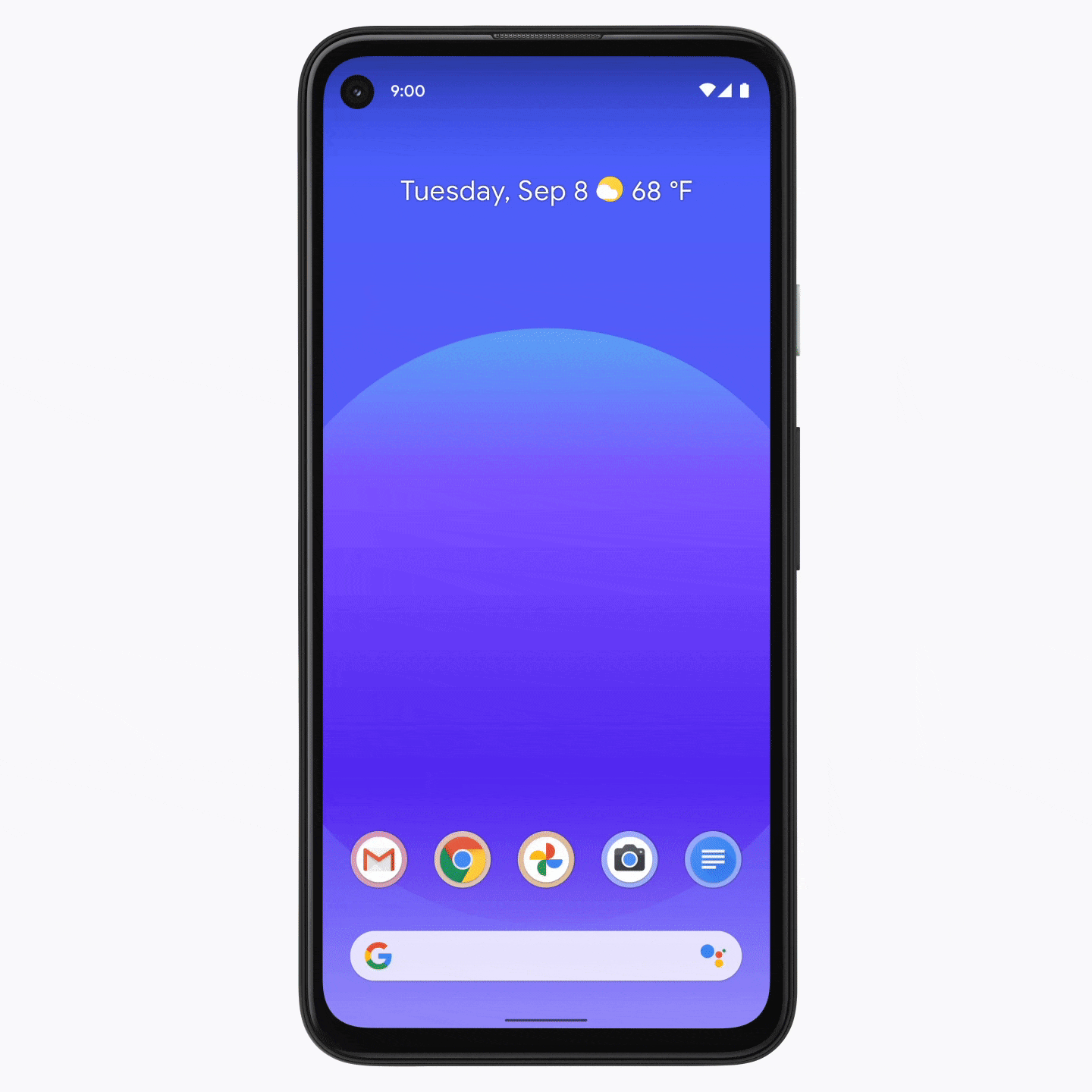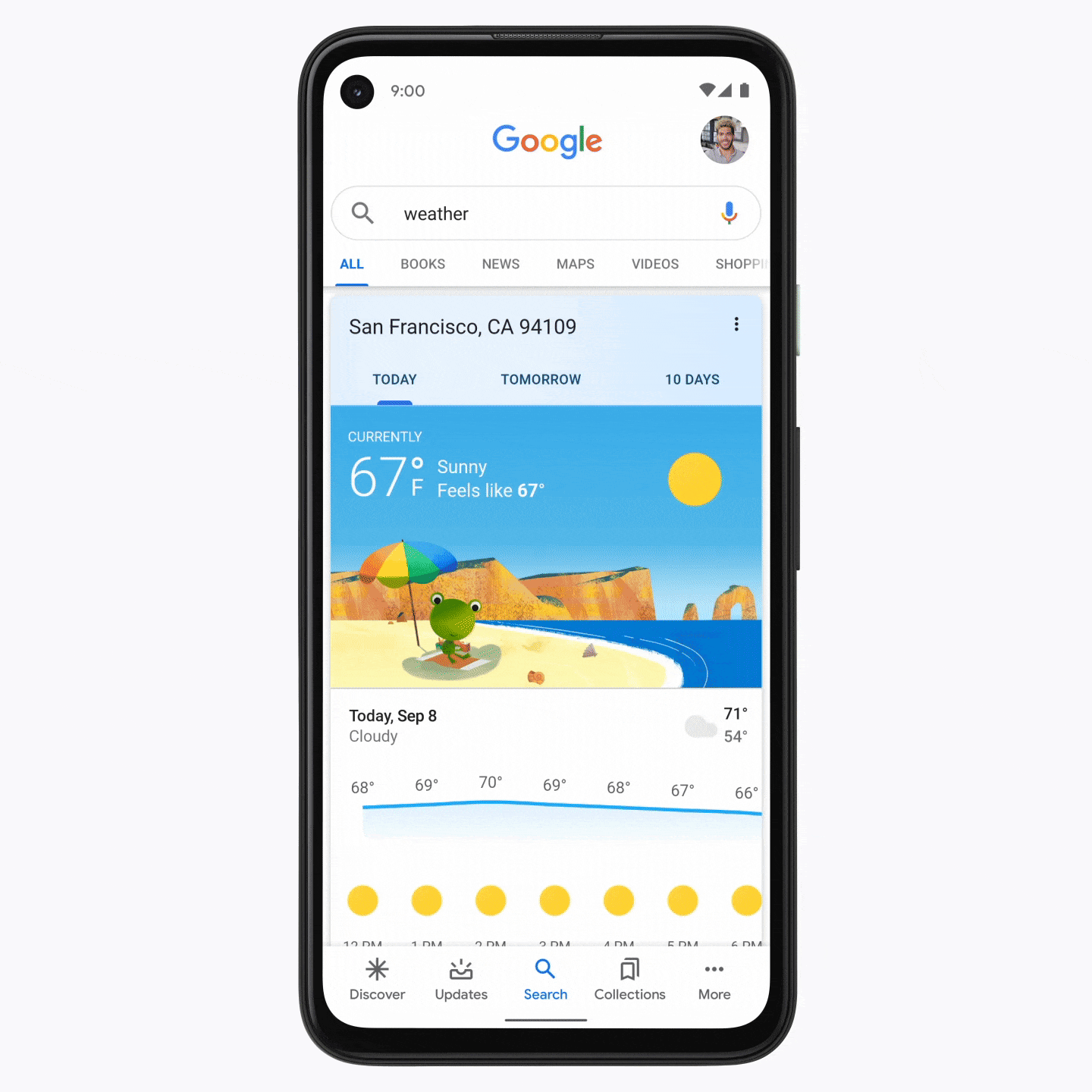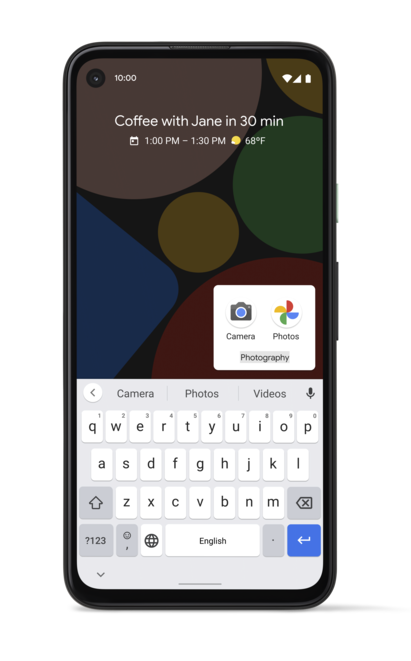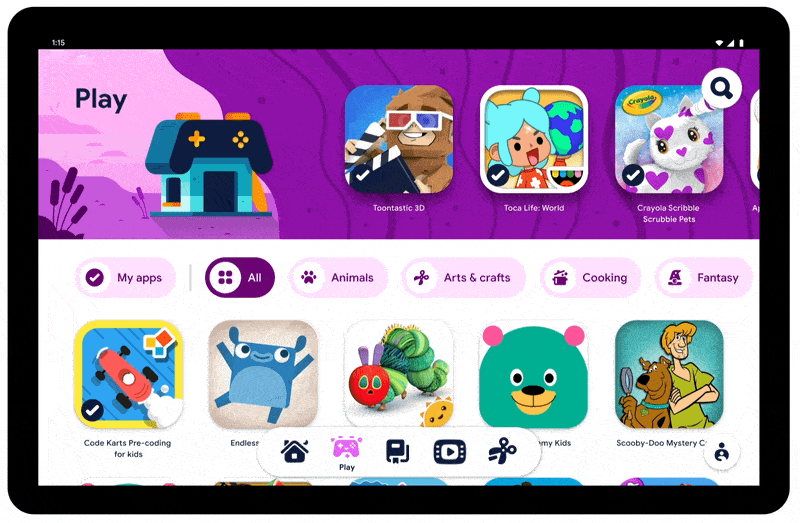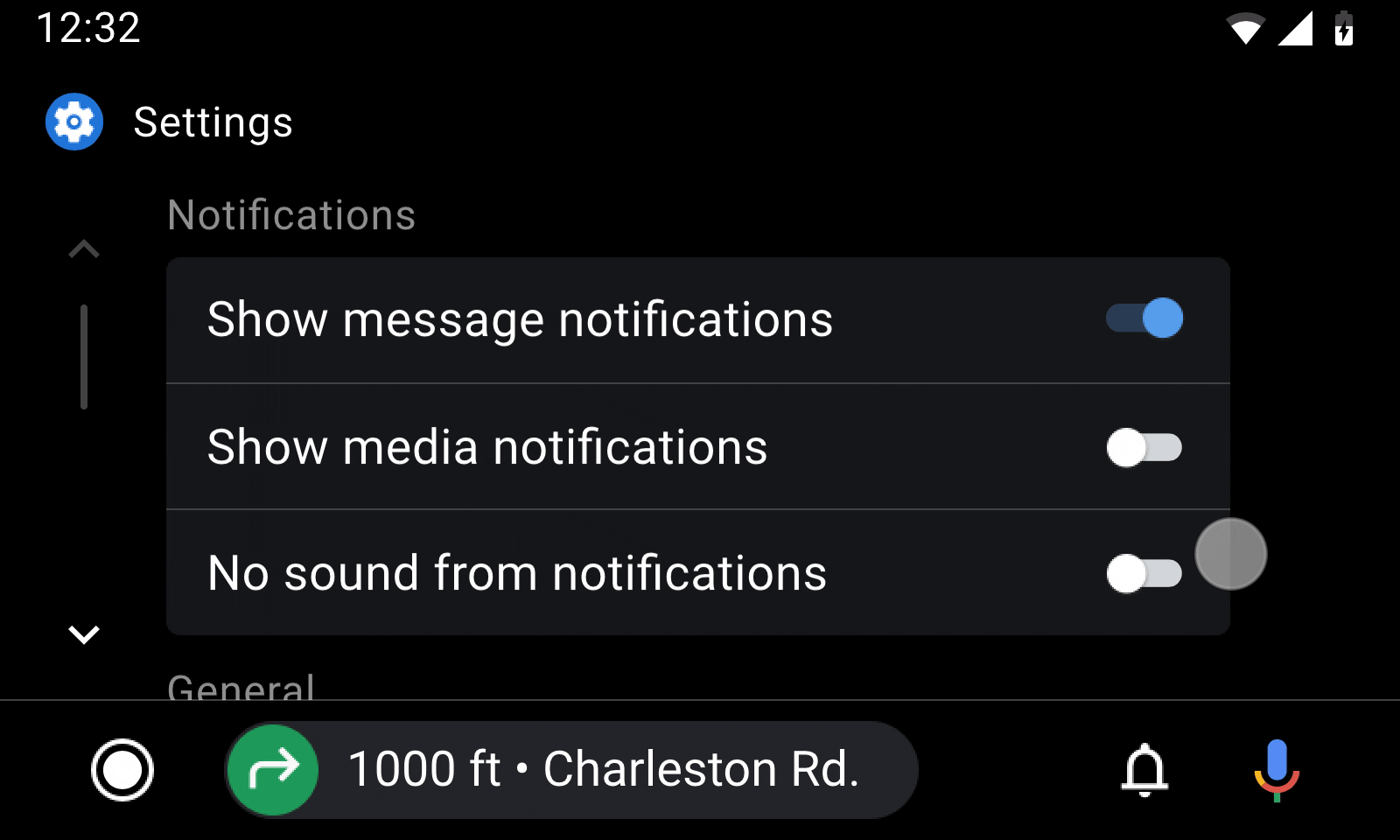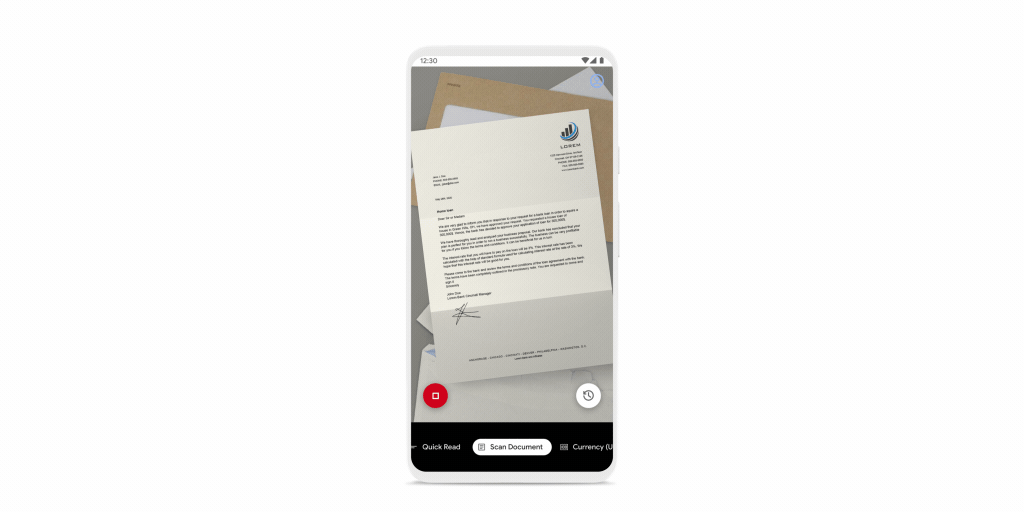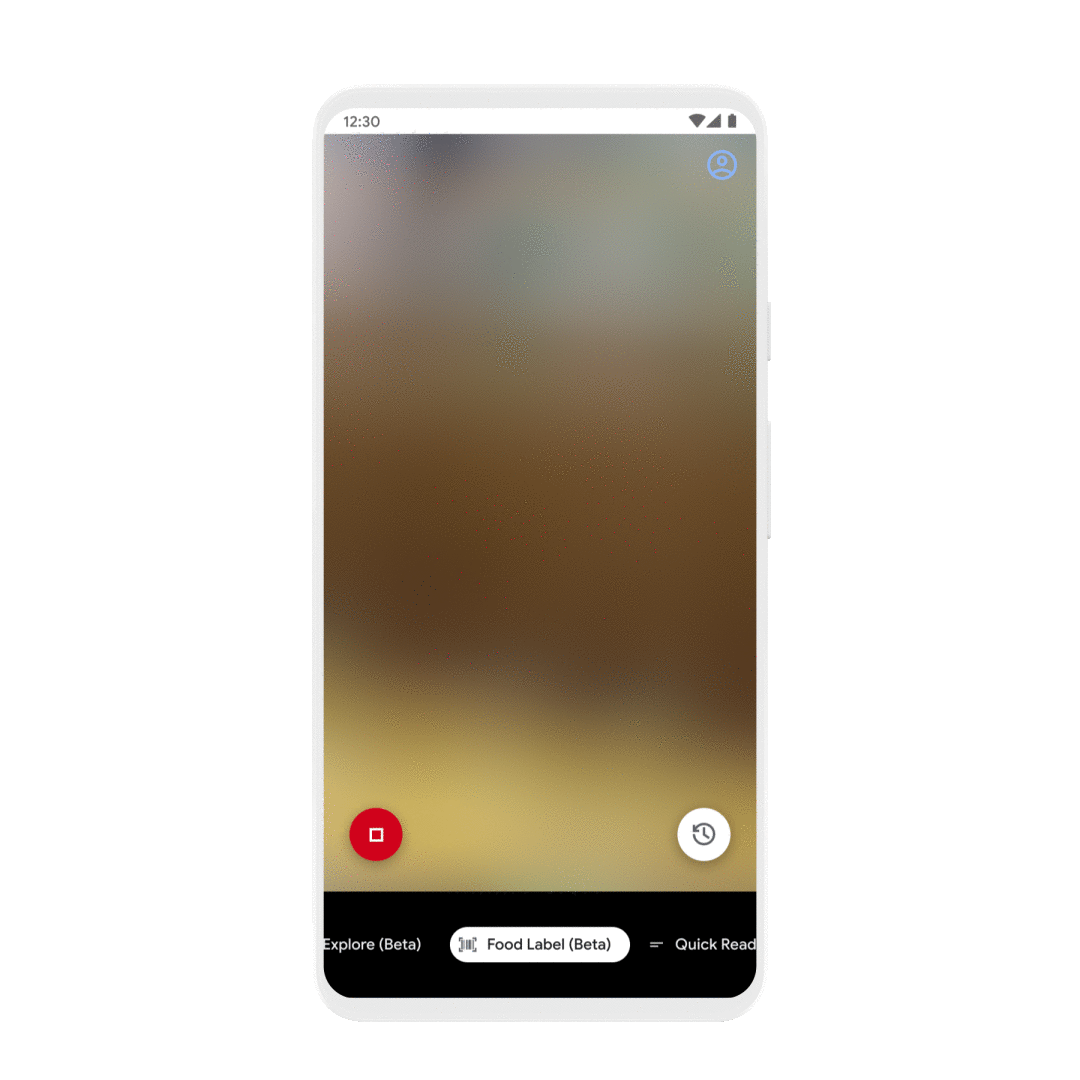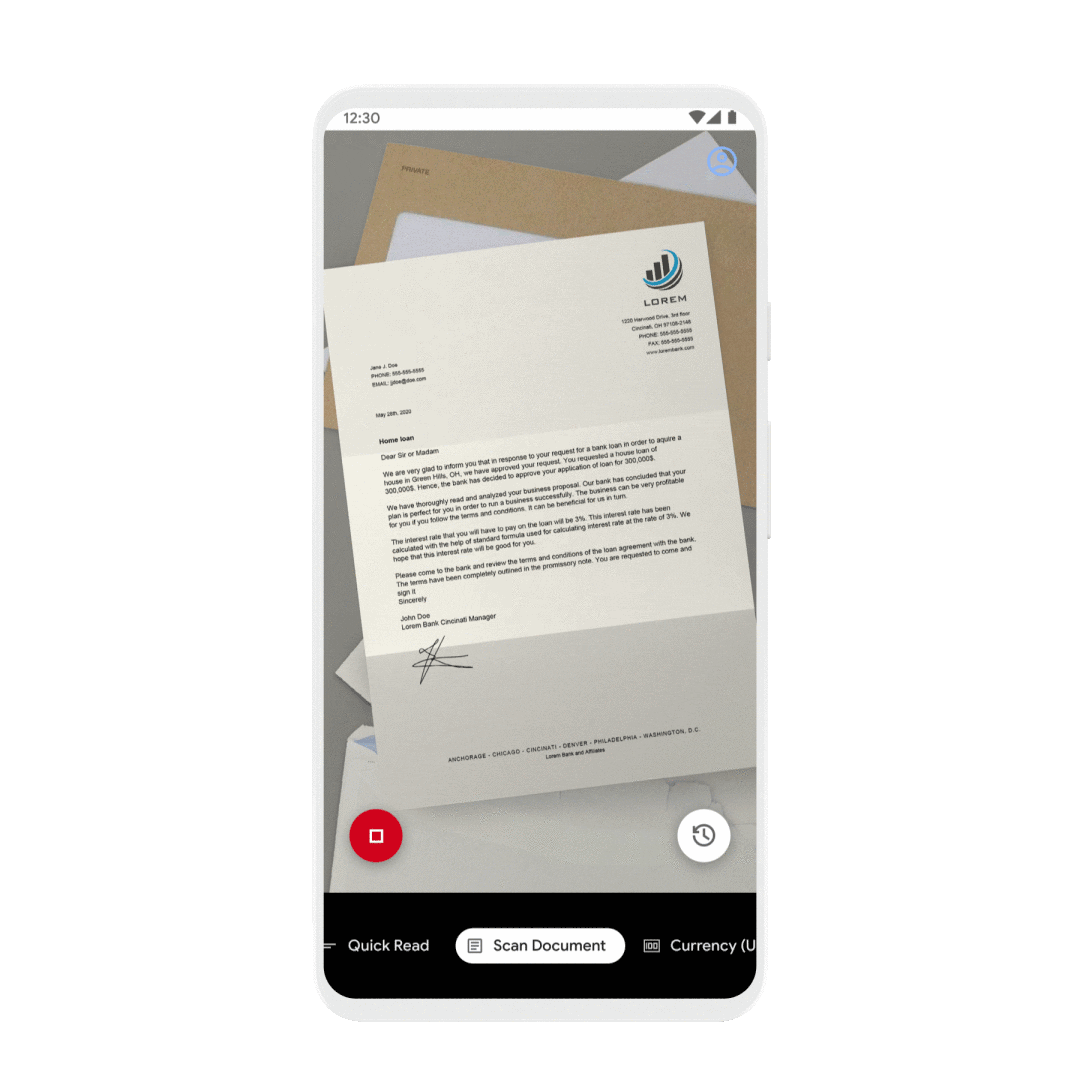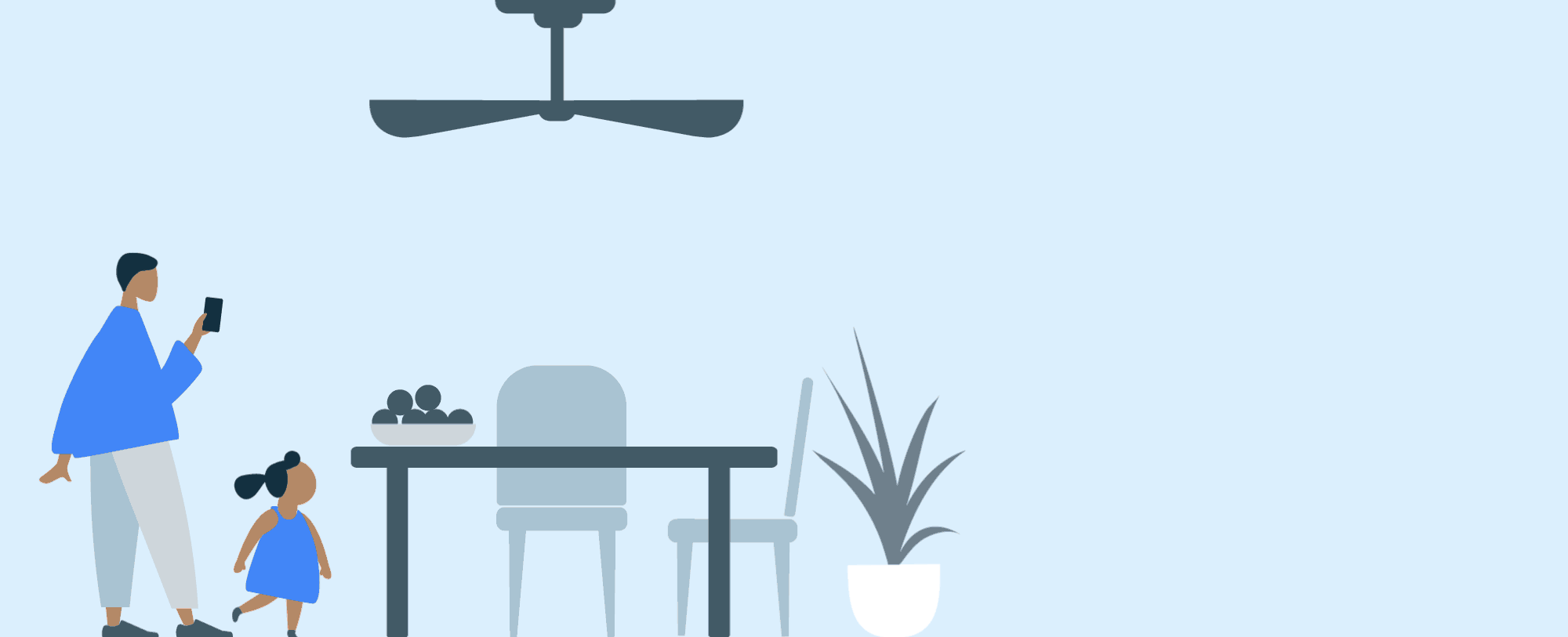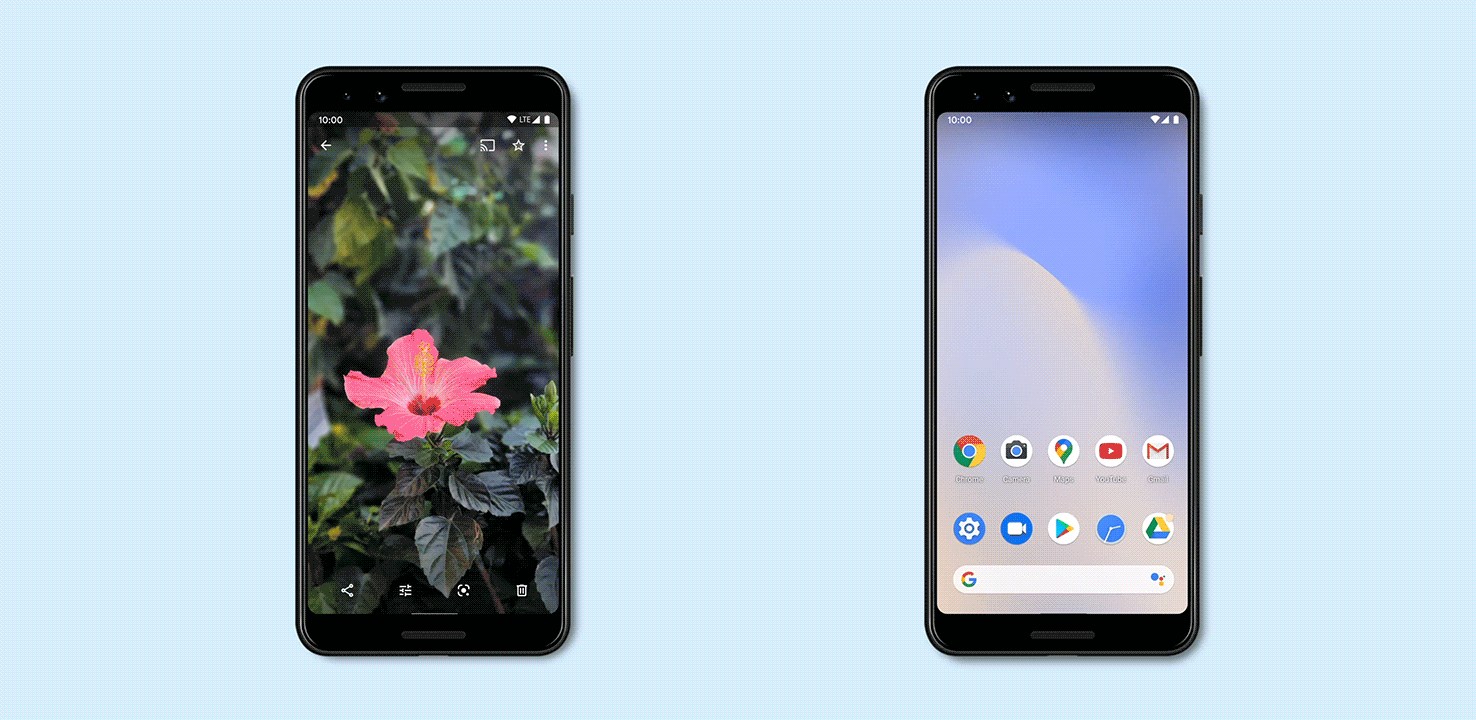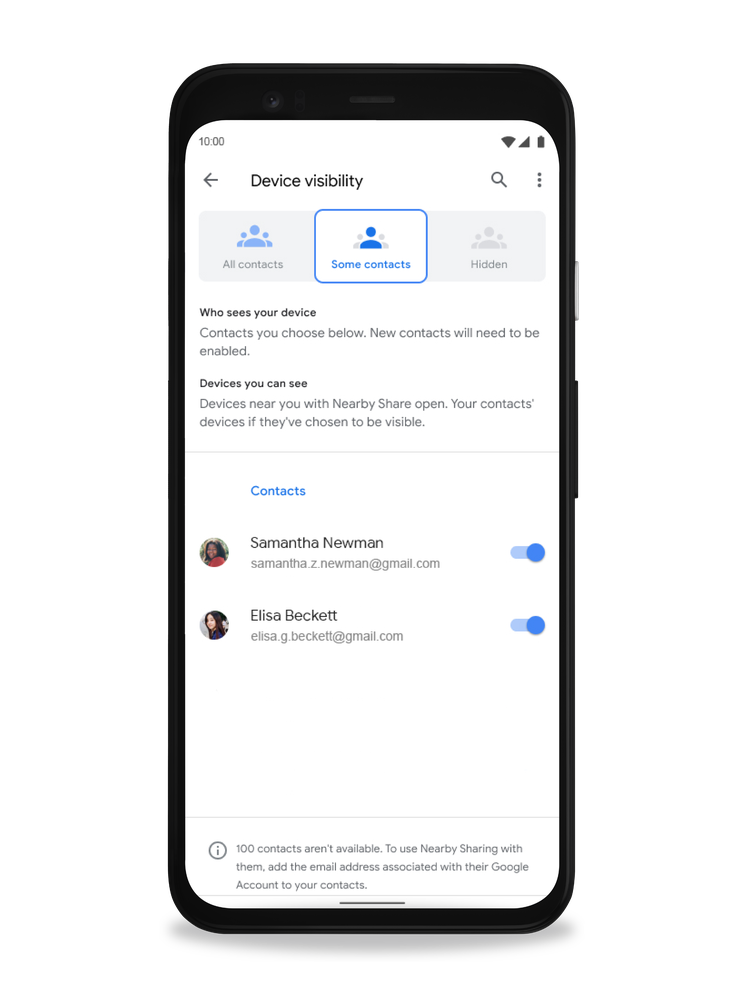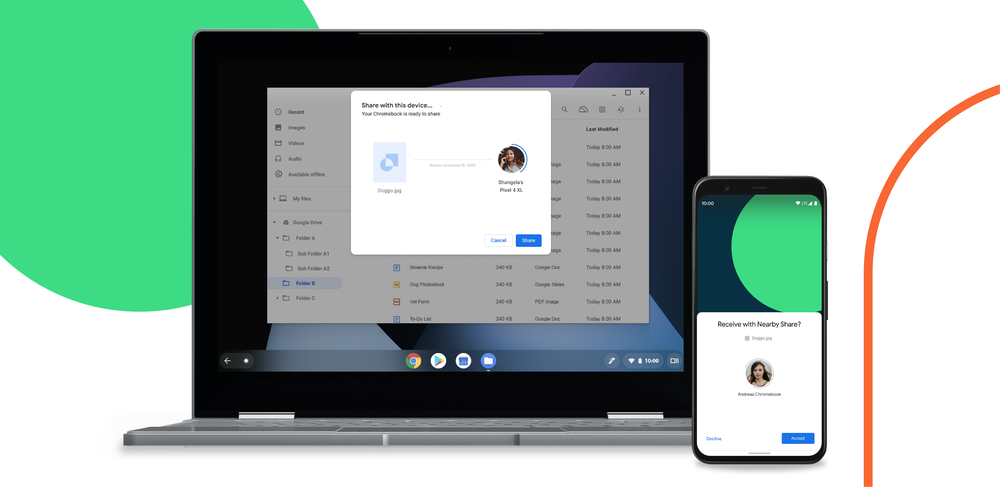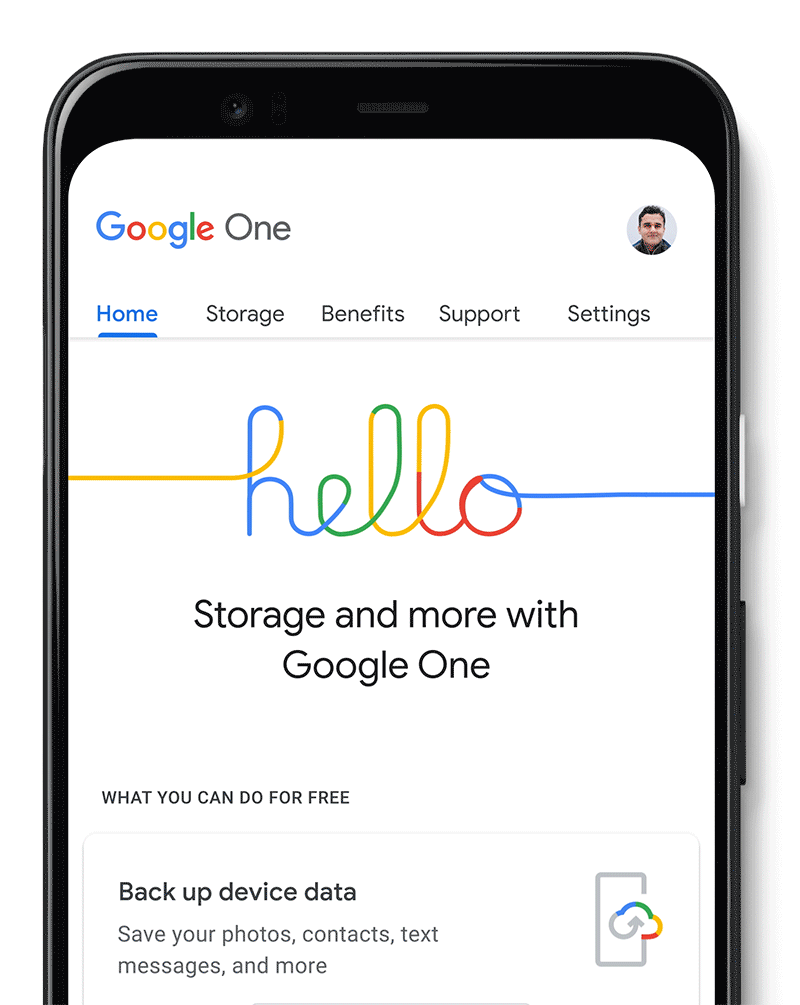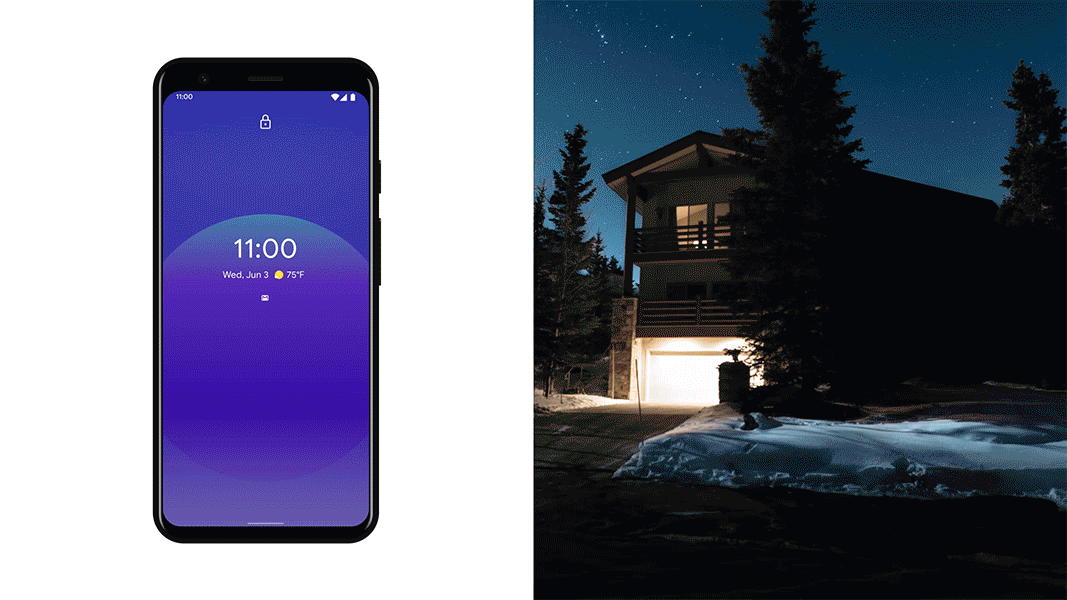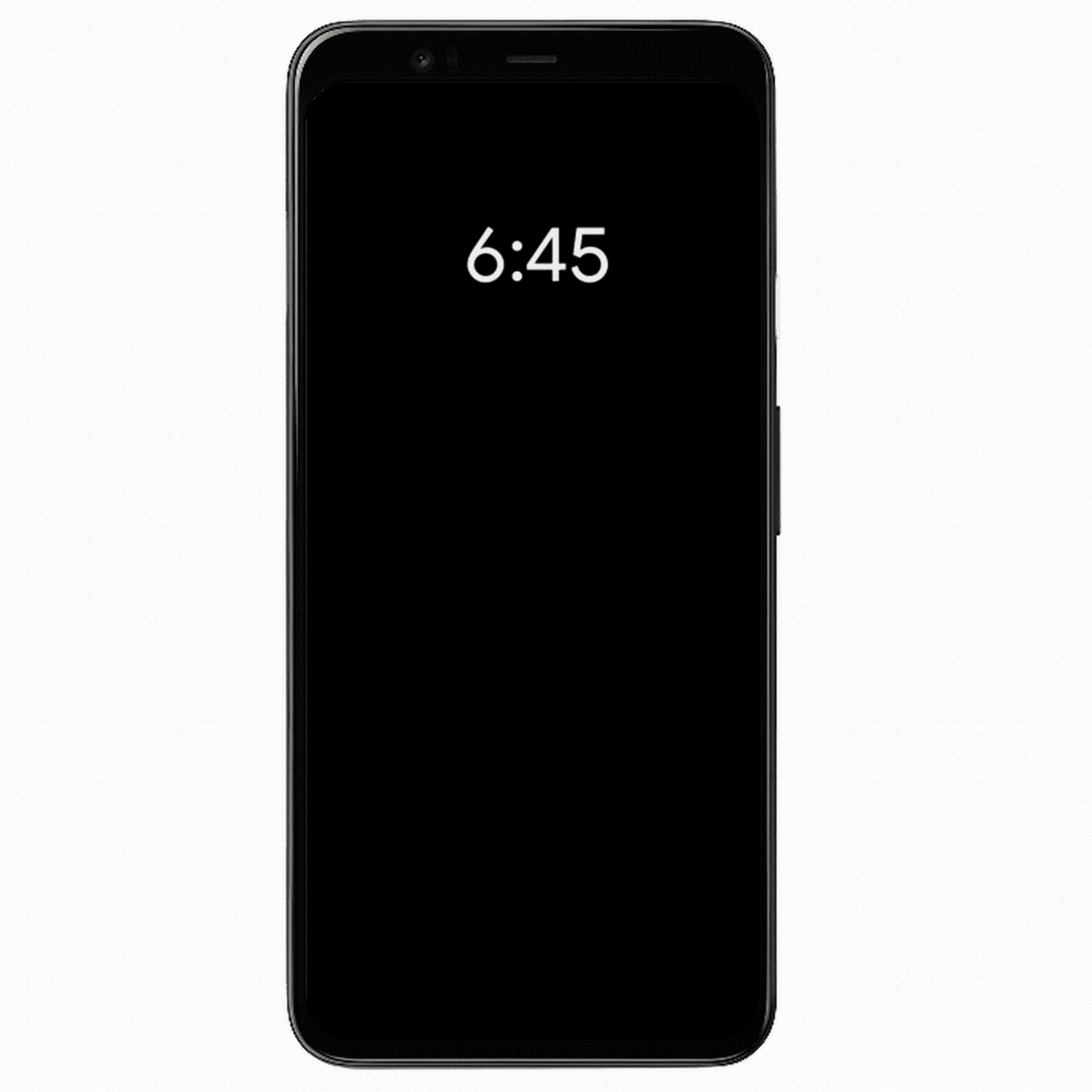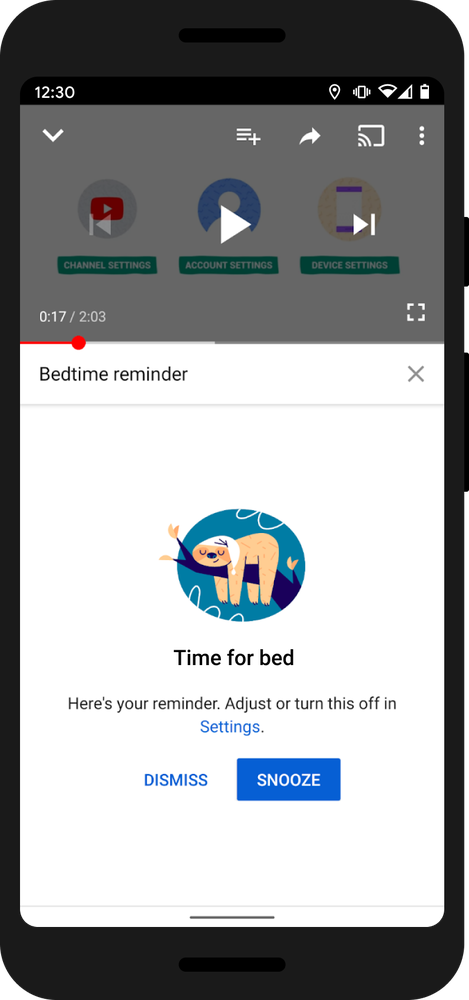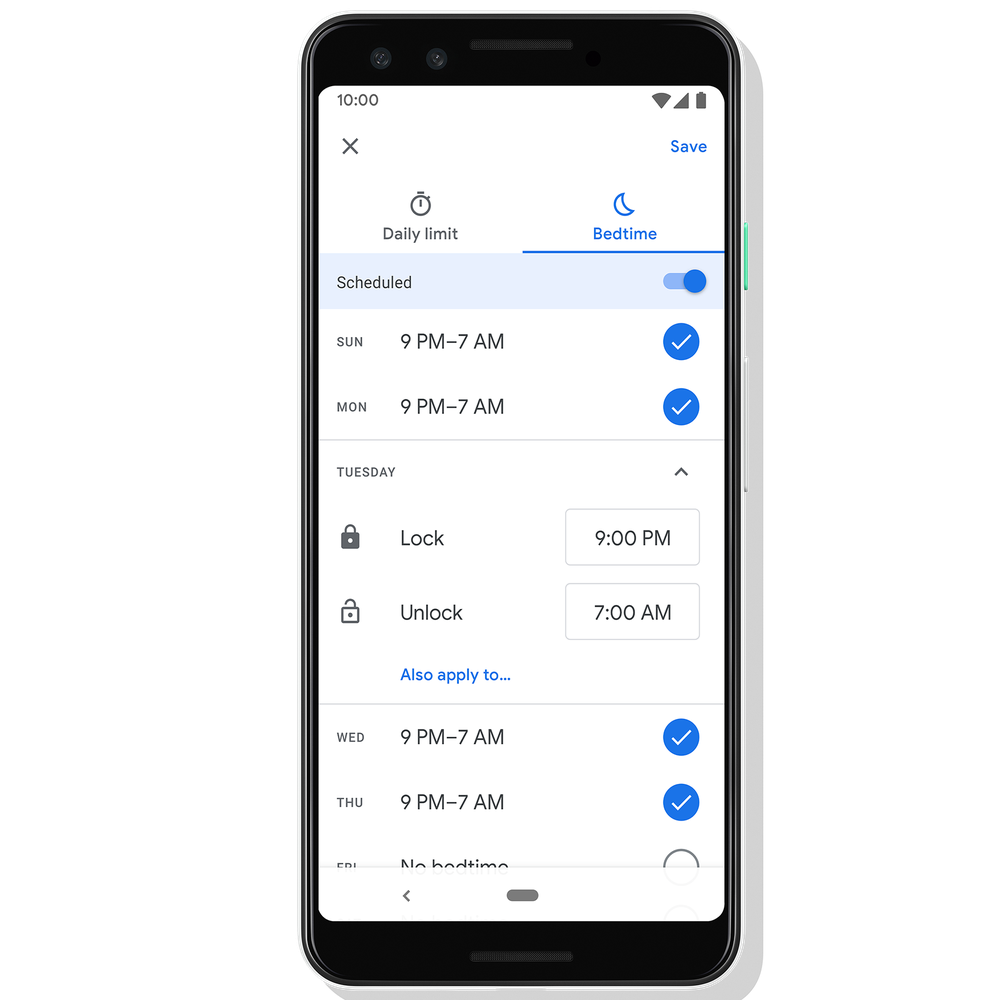Can apps become the key to education?
Interest in e-learning has been growing over the last few years but, with the emergence of distance learning, it’s poised to change all types of education. In the first episode, we talk with Elliott Rayner, Head Of Product Marketing, and John Quintana, Head of Guided Learning Experiences, from online language learning developer Babbel. Elliott and John discuss how Babbel is transforming and „thinking big“ about the future of education: Can apps take the place of traditional classroom education? How can we make new models of language learning effective across various needs and learning styles?
How do you get 250 million players to take action on climate change?
The recent Green Games Jam brought together 11 games studios to find engaging ways to educate and empower 250 million players to take action on climate change. Jennifer Estaris, Game Director at SYBO Games and Deborah Mensah-Bonsu, Founder of Games for Good and formerly from Space Ape Games, explain what the game jam is really about and how others can raise awareness to fight climate change through their businesses. They also share new approaches to climate change education led to planting trees, saving wolves and more.
How do you create a successful 4x strategy game?
If you ever played one of those games where you build an empire, you’ve been playing a 4x strategy game. We hear from David Eckleberry, General Manager for Star Trek Fleet Command and Vice President at Scopely, about how they successfully built a loyal player base. Alongside Howard Chen, Google Play Growth Consultant, they shed light on how to create games that find and keep players, and discuss player affinity and KPI growth.
How do you reflect humanity’s diversity in an app?
Drops CEO and Co-Founder Daniel Farkas and Chief Customer Officer Drew Banks join us to explain how they work with native speakers and language experts to bring awareness and encourage people to learn a less spoken language. Daniel and Drew also discuss their initiatives to make the app more inclusive and accessible to all, such as by reviewing the depiction of women in graphics used to support word learning.
How do businesses build quality into an app?
Imagine the scenario: after downloading a great app or game, you find that it’s not quite the great experience you were hoping for, or worse, it keeps misbehaving and crashing. For developers and businesses, delivering a quality app is essential for both acquiring and retaining users. To explore how developers can ensure that users are getting the quality experiences they deserve, we’re joined by Maria Neumayer, Staff Software Engineer, at food delivery service Deliveroo, who talks about how Deliveroo has adapted during COVID-19, and Shobhit Chugh, Product Manager, Firebase, who discusses how businesses can rectify quality problems in testing and production.
Why are your favorite games getting smaller these days?
Well ok, not necessarily smaller per se, but games are being taken to the small screen.. You’ve probably noticed that many of your favorite PC and console games are now appearing on your mobile phone and tablet. Game developers want to give you the opportunity to stay engaged with your favorite game throughout the day, whether you’re on the move, or away from your computer or games console. However, going mobile can be challenging, so we speak to Jen Donahoe, Marketing and Growth Lead – Teamfight Tactics at Riot Games who enlightens us on how they develop mobile games and keep their players happy.
How do apps help people overcome failures to achieve life goals?
It can be a struggle to change habits, such as diet and exercise, with the goal of living a healthier life. Keeping people motivated through the ups and downs of lifestyle changes is a core challenge for health and fitness app developer Lifesum. Marcus Gners, Chief Strategy Officer and Co-founder at Lifesum, together with best-selling author of “Hooked” and “Indistractable,” Nir Eyal, explore the ways apps can help make sure people don’t fall off the wagon, and remain motivated to achieve their goals.
We don’t want to give the whole game away, so we are keeping the details of our final episode under wraps. Keep an eye out for more details shortly.
How to stay tuned in
Listen to the first episode of series 2 here. Subscribe to the podcast and listen to the latest episodes on your favorite podcast platforms including Spotify, Apple, Libsyn, Google Podcasts, Pocket Casts and Overcast.
Also, keep an eye out on @GooglePlayDev and @AndroidDev on Twitter where we will be announcing the launch of each new episode of the Apps, Games, & Insights podcast.
The new series brings stories and insights from leading businesses in the app and game industry, with discussion from Google experts.
Website: LINK

